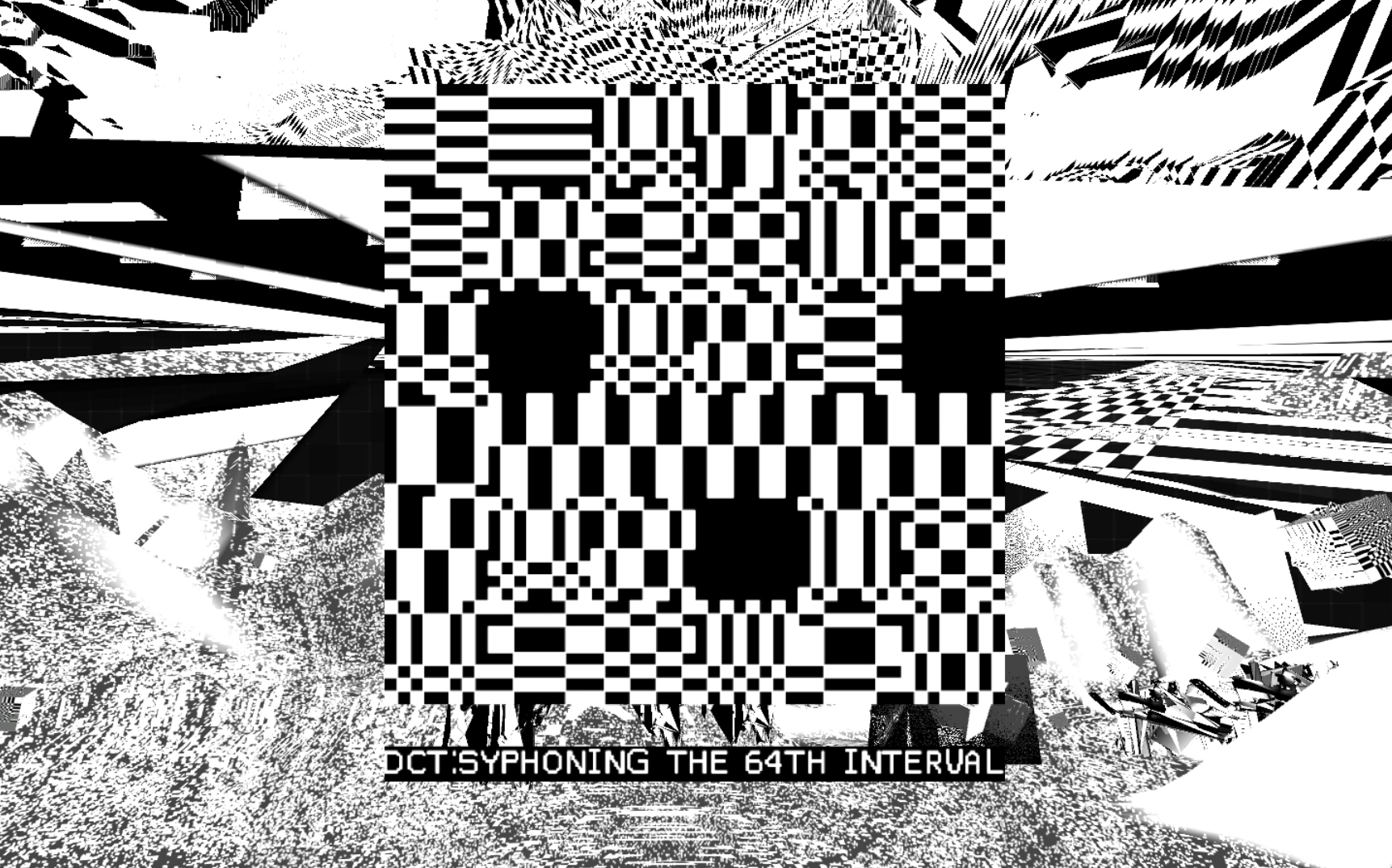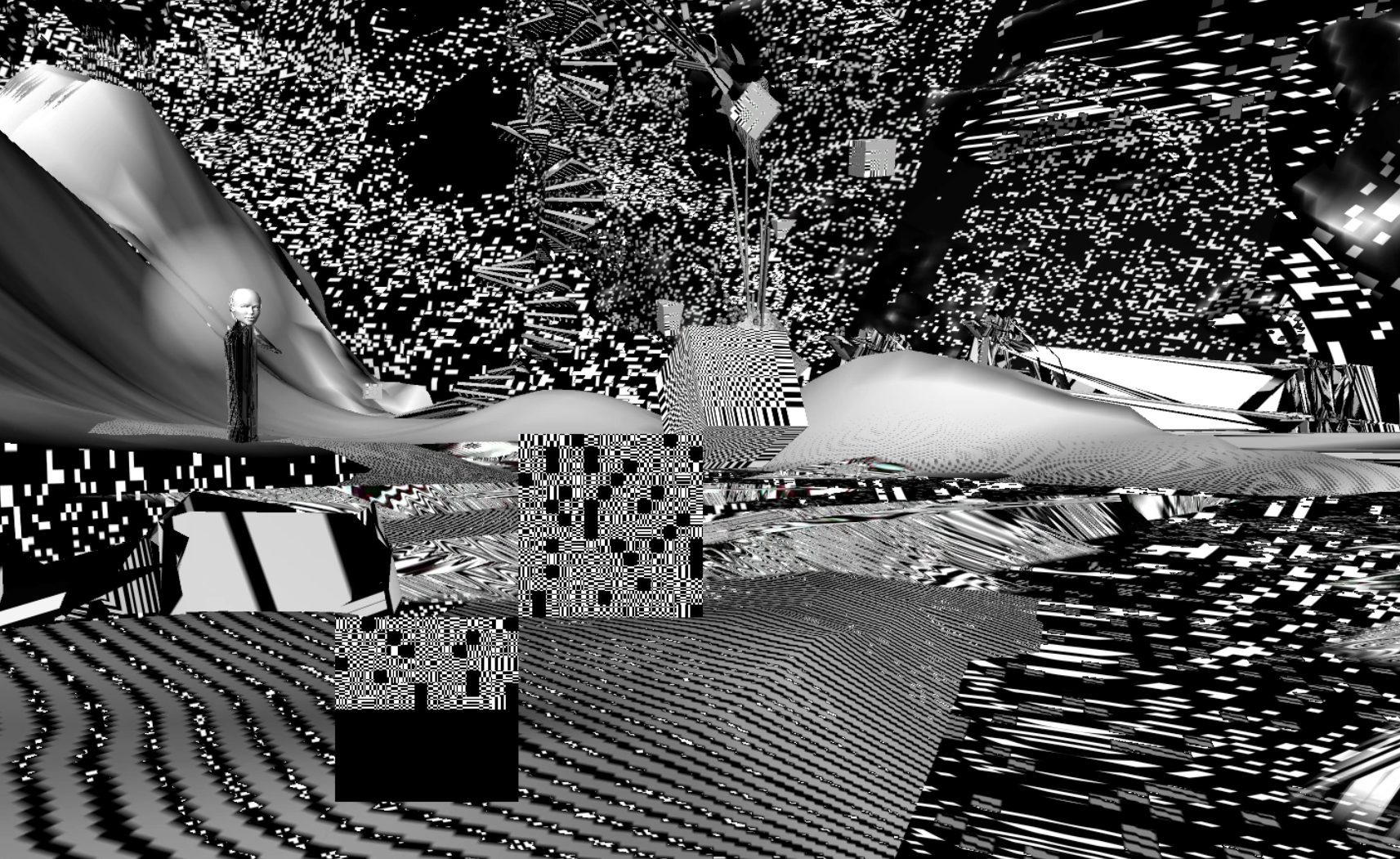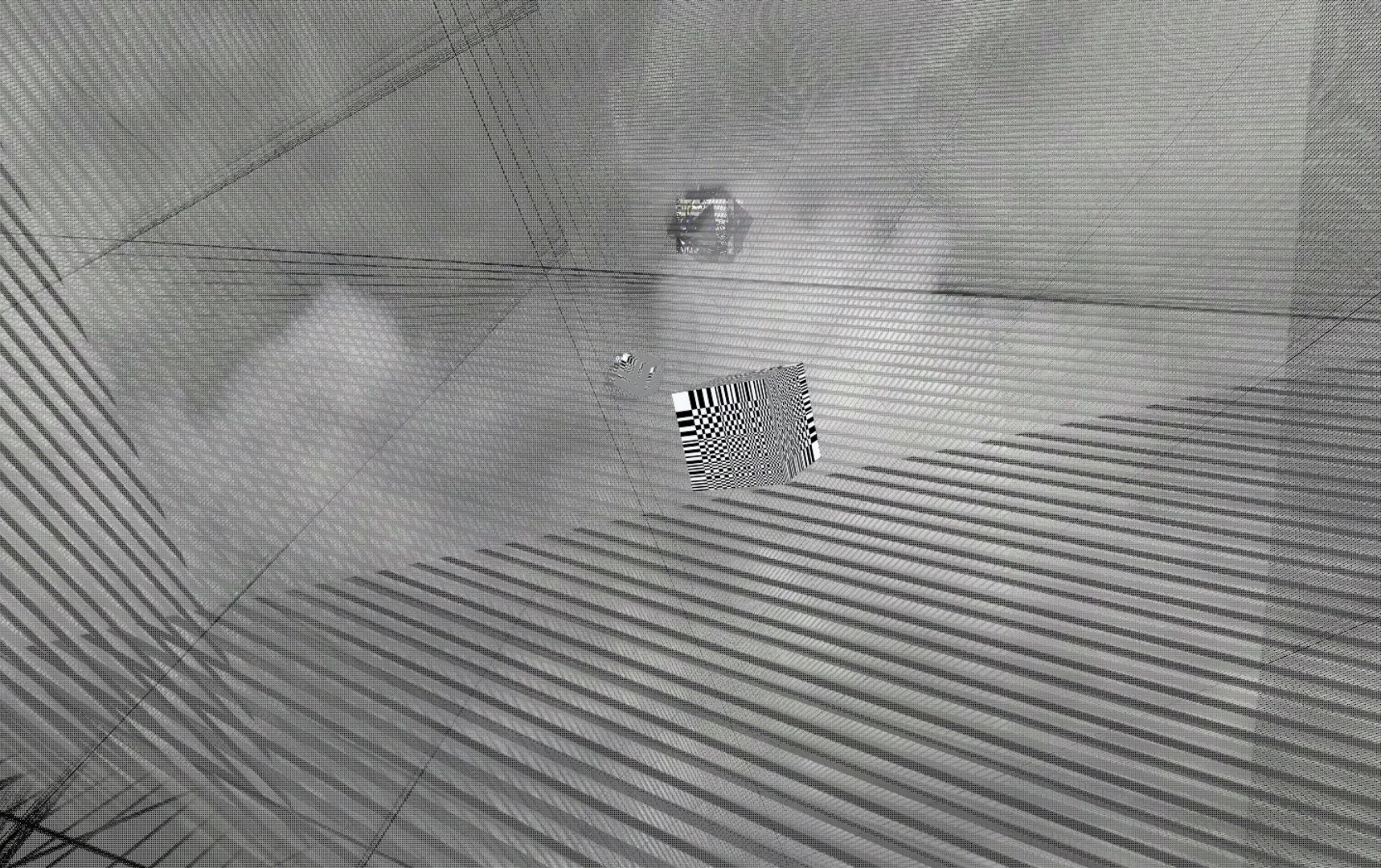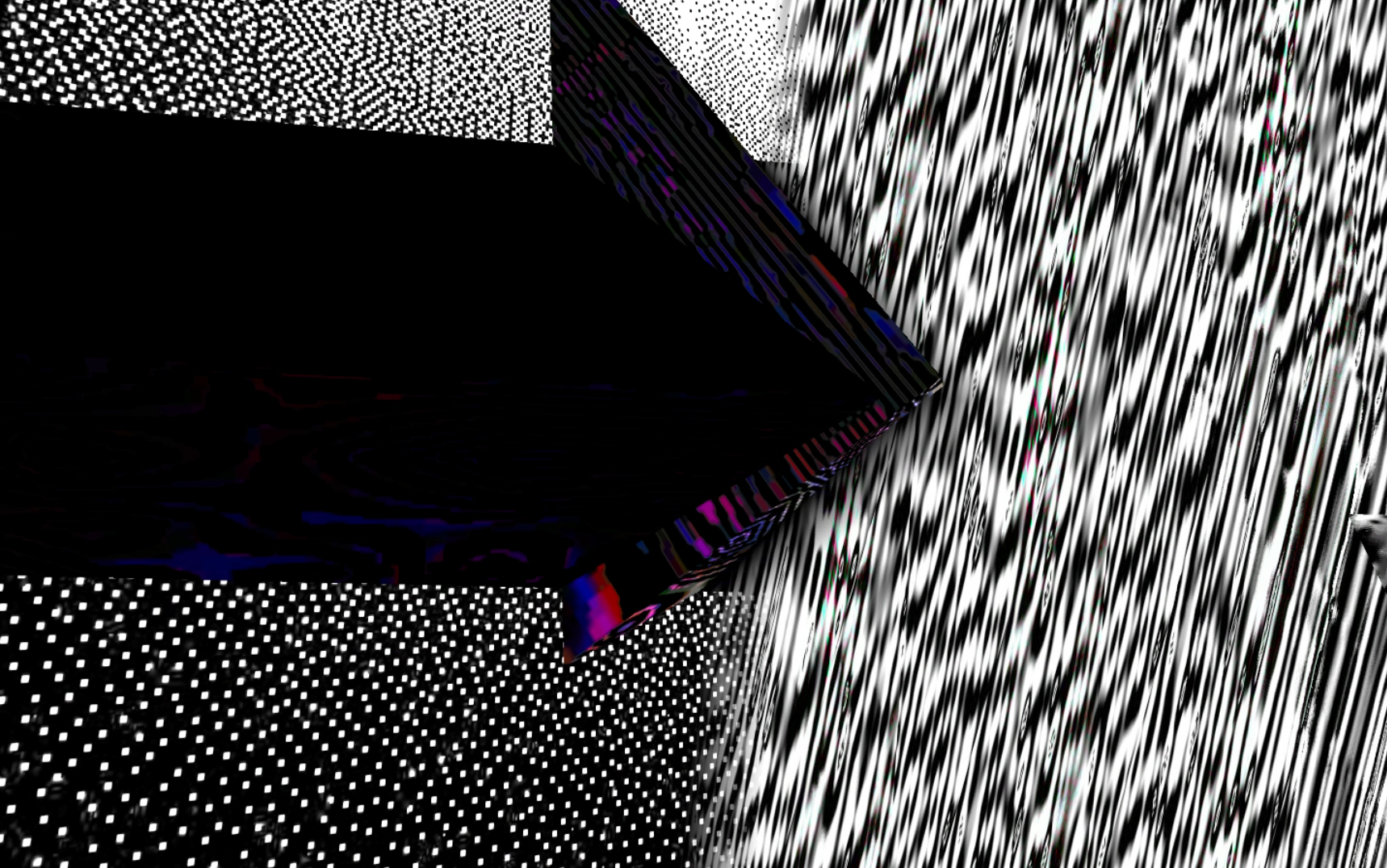DCT DCT:SYPHONING is part of the Ecology of Compression Complexities (2017), a transmission ecology in which different signals connect to each other. While in reality, different compression technologies are not compatible to compress or transcode to other complexities. In an Ecology of Compression Complexities, compressions can visit each other and have an exchange.
In this modern translation of the 1884 Edwin Abbott Abbott roman Flatland, I explain some of the complexities at work in digital image compression. But instead of describing a two-dimensional world, occupied by geometric figures that narrate the implications of life in two dimensions, in DCT:SYPHONING features an anthropomorphized DCT (Senior) who narrates its first syphon (data transfer) together with DCT Junior.
Year : 2015-2016 – Country : Netherlands – Artist : Rosa Menkman
Exhibition in VR Arles Festival 2018
A journey into resolution disputes
As the two DCTs translate data from one image compression to a next (aka the “realms of complexity”). Senior introduces Junior to the different levels of image plane complexity. Senior and Junior start their journey in the realm of the blocks (the realm in which they normally resonate) and move to dither, lines and the more complex realms of wavelets and vectors. Junior does not only react to the old compressions technologies, but also the newer, more complex ones which ‘scare’ Junior, because of their ‘illegibility’.
DCT (Discrete Cosine Transform) has been around since 1973, but only became widely implemented in 1992, when the JPEG image compression technology started using it as a core component.
‘DCT:SYPHONING. The 1000000th (64th) interval’ is a fictional journey through the historical progression of image complexities, told as a modern translation of the 1884 Edwin Abbott Abbott novel “Flatland”. I leads the user through a universe of abstract, simulated environments, made from materials evolving from early raster graphics to our contemporary state of CGI realism.
I tell the story of DCT and its offspring, DCT Junior, running their first Syphon together. A transcoding trip through the different ecologies of image field complexity during which Junior is introduced to dither, lines, vectors and wavelets.
0000 Junior finally reached its 1000000th interval! It now has all its basic transforms aligned and is certified to compress. There is so much data waiting for resolve, I determine it adequate to run its first Syphon together, so I can implement efficiency in juniors parse. These records document our handshakes. After running a checksum and debugging a few final blocks, we run our Syphon

0001 A Syphon takes place in the Tesse-react. A sphere once told me that in my current configuration I am not able to parse this fully, because I can only render assets legible to me.
I filed this as parse!=1 in my black stack.
0010 Our first Syphon runs through an uncompressed raster graphic, which meta data tags as pixel-art. For a moment my blocks feel nostalgic. But Junior acts indifferent in this obsolete architecture; There is no need for transcoding.
0011 We Syphon into the Abyss of Lines, or as a local download calls it: Disney Land for Euclids. Juniors blocks seem very high frequency here, maybe because a sphere just proposed to Fork its Repo.
0100 We push for a next branch. At wavelet interval, I too reach high frequency. For what reads as a short recursion I mirror myself as Junior and process like I still run within a dedicated OS.
0101 “Either this is madness or it is Hell!” Junior glitches. In the midst of the kludges a figure calmly syncs with DCT: It is neither: this is Knowledge. Knowledge spans over multiple dimensions. In knowledge, data moves Upwards, not just Northwards…” But Junior does not sync back. In fact, Junior already Syphoned out of vector space.
0110 From a buggy callback I parsed that I had over-stacked Juniors first Syphon. It implemented Junior in a dimensions to which it lacked protocol; it was beyond its resolution.
0111 At second parse, I realise that years of running a multiverse of transforms has made my calculations inefficient. Juniors missing plugin or lack of protocol keep Junior oblivious and cry glitch, but also let him Syphon more efficient. While certain dimensions stay unresolved, its transforms run faster and cater a folkloric Vernacular, while I am running a bottleneck of uncalled output.
Dedicated to Nasir Ahmed and Lena JPEG Söderberg
A Spomenik for resolutions (that will never be)

Rosa Menkman

Rosa Menkman is an artist and theorist who focuses on visual noise artifacts, resulting from accidents in both analog and digital media (such as glitch, encoding, and feedback artifacts). Although many people perceive these accidents as negative experiences, Menkman emphasizes their positive consequences. These artifacts facilitate an important insight into the otherwise obscure alchemy of standardization, which takes place through the creation of solutions or protocols, and their black-boxed, unseen, forgotten, or obfuscated compromises and alternative possibilities. Her work A Vernacular of File Format, was recently acquired by the Stedelijk Museum in Amsterdam, and here contributions have made her a major figure of the New Media art scene.



